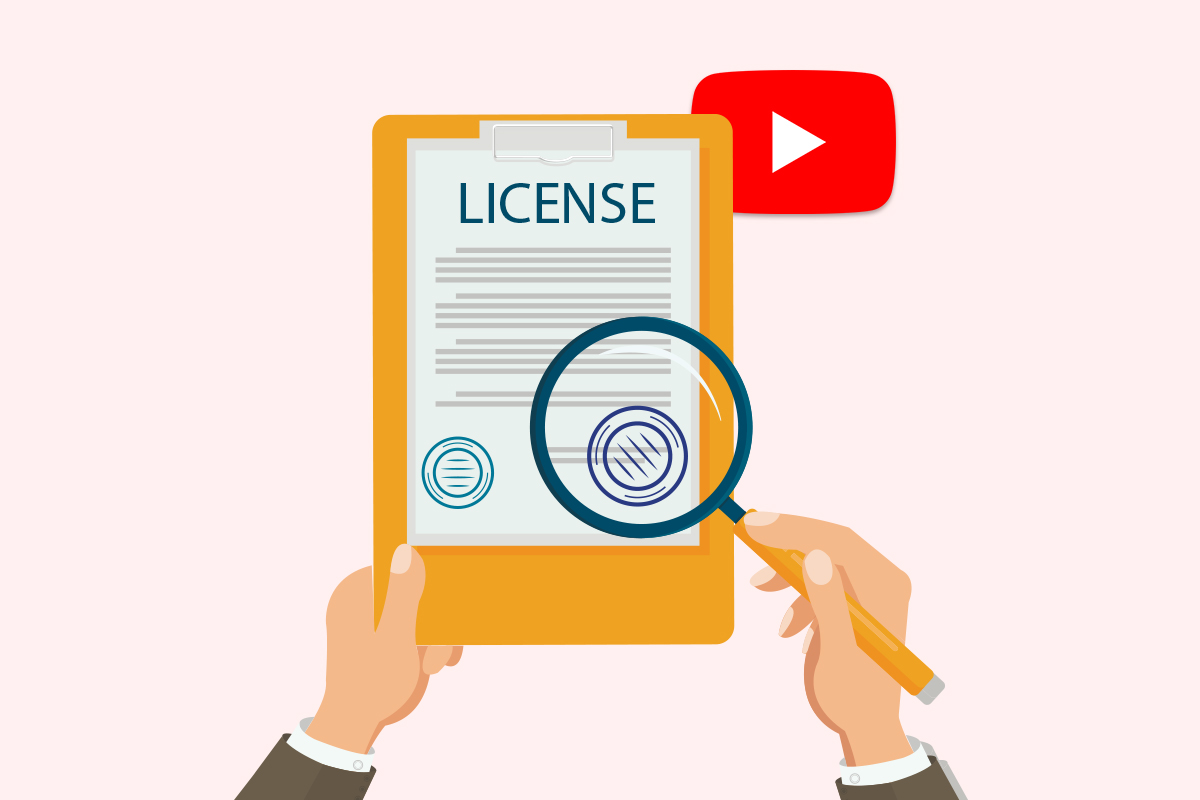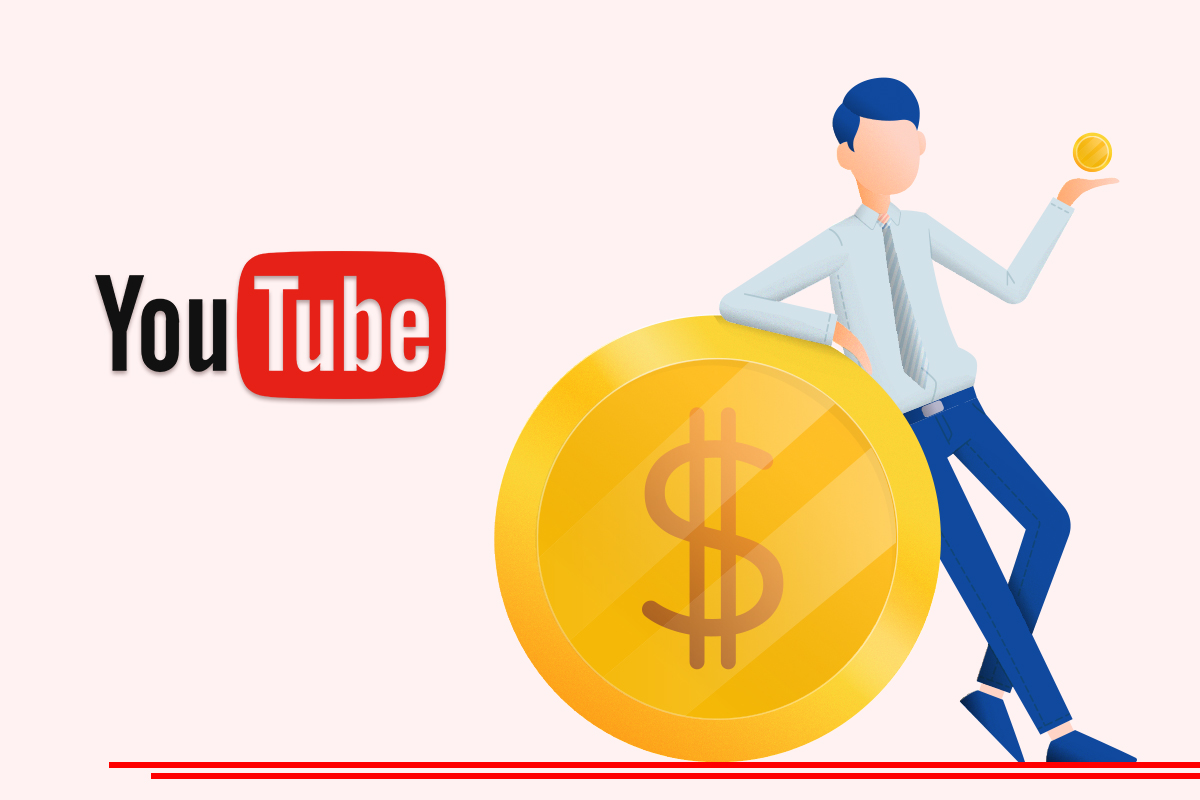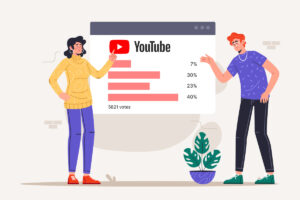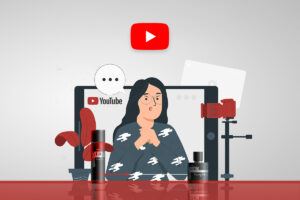YouTube is a platform for sharing and watching videos. With 122 million daily users, it’s one of the most popular websites in the world. And you better believe it, and creators can make serious money from this platform. Just look at Mr. Beast. This YouTuber is thought to earn $54 million a year.
The total income comes from many different sources, primarily video ads and branded merchandise. If you want to become one of those YouTube stars and start seeking a viable career option, then you’ll want to know the different ways to earn money on the platform.
Table of Contents
7 Simple Ways to Earn Money on YouTube
As a creator, getting paid for your efforts is important. Below, we’ll detail all the ways in which you can earn money on YouTube so you can maximize your earnings.
1. Join the YouTube Partner Program

One special feature you can use on the platform is the YouTube Partner Program (YPP). It is one of the first ways to make money on the platform as a video creator, allowing you to monetize YouTube content with video ads. But there are regulations regarding who can join the YPP. These are:
- Have at least 4,000 watch hours in the last 12 months
- Have at least 1,000 subscribers
- Have a Google AdSense account that’s linked to the YouTube channel.
- Follow the rules and policies of YouTube.
Once you meet these requirements, you can use the settings on your YouTube channel to apply for YPP monetization. Luckily, these requirements are easy to reach. GetAFollower even lets you buy YouTube Subscribers and 4000 Watch Time Hours, which will help you achieve these goals quickly.
2. Sell Your Products and Merchandise
As your YouTube channel grows, selling products and general merchandise can be a great way to increase your business’s revenue. Different things are sold by creators to their fans. But most of the time, it’s simple things like t-shirts, hats, mugs, and other items. Think about The Nelk Boys.
Even though they are known as a YouTube channel for pranks, they sometimes release one-time-only apparel. Because they have a big audience, it is said that this alone brings in about $70 million a year. Selling items to your viewers isn’t just an excellent way to make extra money. It helps build an online brand, promotes your content to a broader audience, and engages your viewers further.
3. Become an Affiliate Partner
An affiliate partner is a business that works with a YouTuber to promote its products or services in exchange for a commission. Most of the time, they’ll give a creator who made the video unique affiliate links or promo codes that viewers can use.
When someone visits their website and uses the code or link to buy something, the YouTuber will get a cut of the sale. The key here is to partner with brands that your audience will love. If you can perfectly match them, you’ll:
- Earn extra income
- Be able to promote a product you believe in
- Build a solid and loyal relationship with brands
- Access exclusive deals and discounts to engage viewers
Think about your audience when you look for a business, product, or service to offer as an affiliate. If you can find an offer people can’t refuse, it will do much better and help you, your audience, and your affiliate partner.
4. Make Sponsored Content

Brand sponsorships are agreements between a company and a content creator. In exchange for promoting the company’s products or services, the company gives money or free products to the content creator. Influence marketing is what brands call this, and businesses use YouTubers to promote a brand’s goods in several ways.
Sponsored Videos – Videos that promote a product or service. They can be a single video or a series of videos.
Sponsored Mentions – This could be done by talking about the product or showing it in the video.
Sponsored Events – Attend an event and tell the people there about their products or services.
Sponsored Social Media posts – A business can pay a YouTuber to post about their products or services on Instagram or Twitter.
Sponsorships are a common way for YouTubers to make money, but they usually require a large and active audience. Businesses are more likely to collaborate with creators who significantly impact their audience and make content related to the company’s products or services.
5. Fundings from Your Fans
Fan funding allows YouTubers to get money from their audience. This could come from donations from live streams on YouTube or rewards for making good content. When you want to discover ways of generating more income using this method, we recommend you consider the following:
Super Chat
YouTube’s Super Chat function lets users donate to promote their message in a live stream or premiering the video. Super Chats are shown in a distinct color and pinned at the top of the chat, making them more visible to the creator and other viewers.
As a creator, you can make money from this feature. When a user sends a Super Chat, you’ll receive a portion of the revenue. How much you’ll get will vary, as it depends on how much your audience is willing to pay for a Super Chat. You need an AdSense account to start making money from this advertising method.
Become Channel Members
Channel memberships allow YouTubers to give their most loyal viewers exclusive extras and benefits, like badges, emojis in live chats, content, etc. Users who become channel members will pay a recurring monthly fee to access these.
Content creators and their viewers can benefit from these memberships. As a creator, you will earn income and be able to engage your audience further. From the viewers’ point of view, they can get special perks and content that no one else has.
6. Use Crowdfunding
You can make money as a YouTuber through crowdfunding by setting up a campaign on a site like Patreon or Kickstarter and giving your supporters rewards or perks for a monthly payment exchange. Most of the time, creators who want to make creative projects use this method to generate cash.
It’s not just a way to make money; it’s a way to get your own audience to help pay for expenses so you can create content for them. If you use crowdfunding, execution is essential. It would help if you had a reason why they should fund your idea. A compelling call to action and trailer video for the project is an excellent approach.
7. License Your Content to the Media

If you make a viral video that’s funny, educational or anything in between, you can license it to the media in exchange for money. To get the media to use your videos, you will need to find a media outlet that wants to use them.
After, you’ll need to negotiate a licensing agreement that mentions the terms of how your videos can be used, such as how long the license lasts, what rights are given, and how payment is made. It’s always a good idea to list your viral videos on a marketplace for media outlets. A place like Trust Media Brands is an excellent option. Here people can effortlessly purchase videos from you or other creators.
Conclusion
As seen, YouTube is a popular platform where creators can make money in several ways. It isn’t difficult, either. Most ways to make money on the platform come directly from YouTube, making monetizing your channel remarkably simple. Overall, YouTube gives creators a lot of ways to make money, and if you do it the right way, it can be a lucrative and satisfying career.






